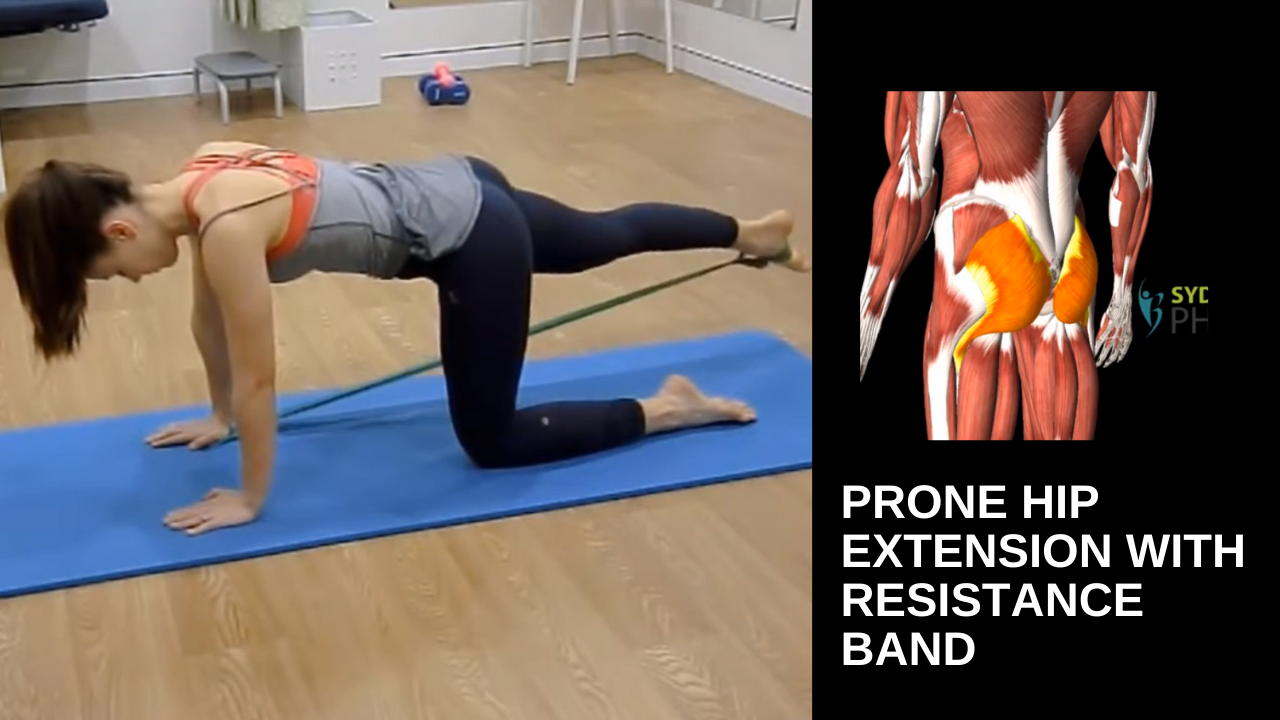Running tips for return runners
Running events are starting as we head towards opening from lockdown. It is important to know how to prepare your body so that you can return to running without injury and aggravation. We would like to share some very interesting knowledge and tips based on the latest scientific updates.
Interesting running knowledge.
Long-distance running style.
Specific drills for your leg muscles.
Tips on choosing the correct shoes for you.
Interesting knowledge
· As you speed up, your step rate remains relatively steady, and this leads to overstriding.
· Running at a longer stride increases our vertical impact force on the knee and shin bone.
· Strength training can reduce injury rate by almost 50% for runners.
· Stability-based running shoes gives the best protection regardless of the individual’s foot type.
Our recommended running style
Avoid heel striking – aim to place the initial load on your midfoot.
Shorten your stride – you can do this by increasing your cadence (how many steps you take) aiming for 170-190. This can be guided by a metronome. A 5-10% Increase in step rate does not increase the metabolic cost (Cavanaugh et al.1983), knee joint work, and Patellofemoral loads (Lenhart 2014).
Keep your knees bent.
Relax your lower legs throughout your stride cycle.
Maintain good posture with a slight forward lean from the ankles.
Specific drills to ensure running muscles are capable of running
Strengthening and balance training that focuses on the entire leg and the ankle works the best.
Single leg romanian drill
A very effective way to dynamically strengthen your hamstrings. Make sure you dip down slowly with control. You want to keep you trunk facing direcly downwards without tilt.
Calf strength training
Your calf muscles will require loading training like this to help you have a better endurance in pushing off. I receommend low reps and low sets with heavy weight.
This exercise will improve the Glut muscle activation timing. This is very important in ensuring that your body stays in good form during long distance running. In 1/2 squat position, keeping the entire body stable, and move the ball against the wall in a steady fashion.
Choosing the right running shoes
The next step is to assess the shoes you are running in. Ideally, we aim to reduce the amount of heel-toe offset by a maximum of 4 mm in each interval. Choose stability-based running shoes (shown above). These types of shoes have a reduced heel-toe offset (the difference between the height of the base of the shoe compared to the height of the front of the shoe).
Shoe comfort has been linked to increased sensory performance (Mundermann et al. 2001). They result in reduced metabolic demand (Nigg et al. 2010). It is also suggesting that uncomfortable shoes can result in a change in gait pattern (Molloy et al. 2010). So, it is important to go into the store and try on a few.
Start running: our suggested progression
Start walking in the shoes for a week.
Start running approx. 50% of the distance you normally achieve for 1 of the runs.
Aim to increase the distance slightly every week.
Reference
Landry, Nigg, & Tecante. (2010). Standing in an unstable shoe increases postural sway and muscle activity of selected smaller extrinsic foot muscles. Gait & Posture,32(2), 215-219.
Lenhart, R. L., Thelen, D. G., Wille, C. M., Chumanov, E. S., & Heiderscheit, B. C. (2014). Increasing Running Step Rate Reduces Patellofemoral Joint Forces. Medicine & Science in Sports & Exercise,46(3), 557-564.
Molloy, Yeykal, Tragord, Neal, Nelson, Christie, . . . Mcpoil. (2008). Influence of running shoe type on distribution and magnitude of plantar pressures among those with pes planus or pes cavus feet. Clinical Biomechanics,23(5), 708-709.
Nigg, G., Federolf, & Landry. (2010). Gender differences in lower extremity gait biomechanics during walking using an unstable shoe. Clinical Biomechanics,25(10), 1047-1052.
Mündermann, A. J., Stefanyshyn, D. M., & Nigg, B. (2001). Relationship between footwear comfort of shoe inserts and anthropometric and sensory factors. Medicine and Science in Sports and Exercise,33(11), 1939-1945.
Squadrone, R., Rodano, R., Hamill, J., & Preatoni, E. (2015). Acute effect of different minimalist shoes on foot strike pattern and kinematics in rearfoot strikers during running. Journal of Sports Sciences,33(11), 1196-1204.















